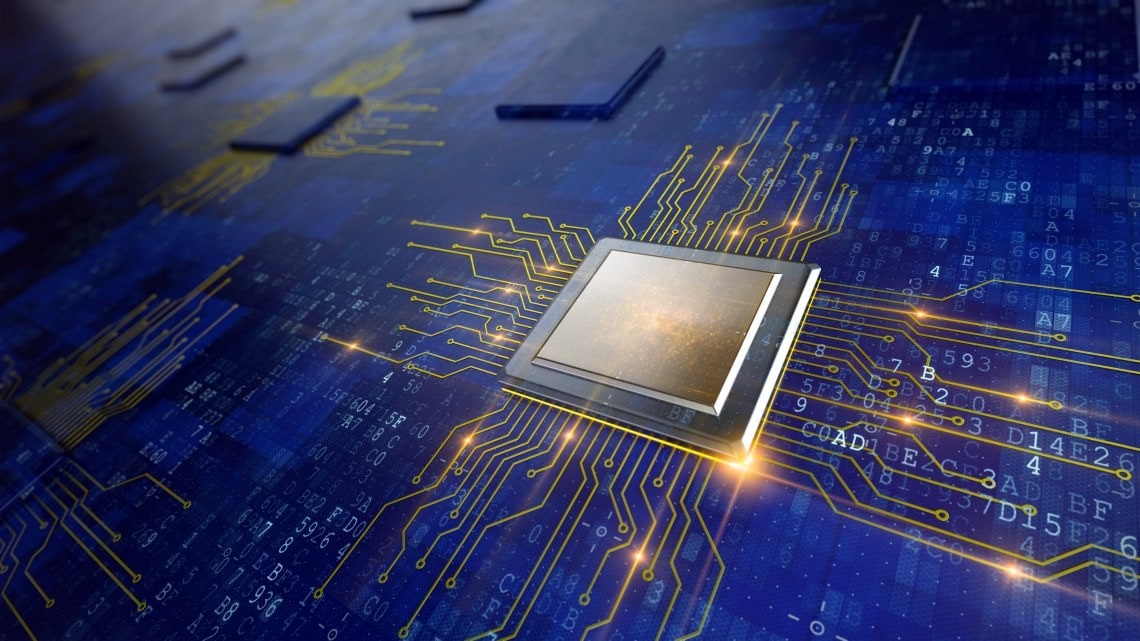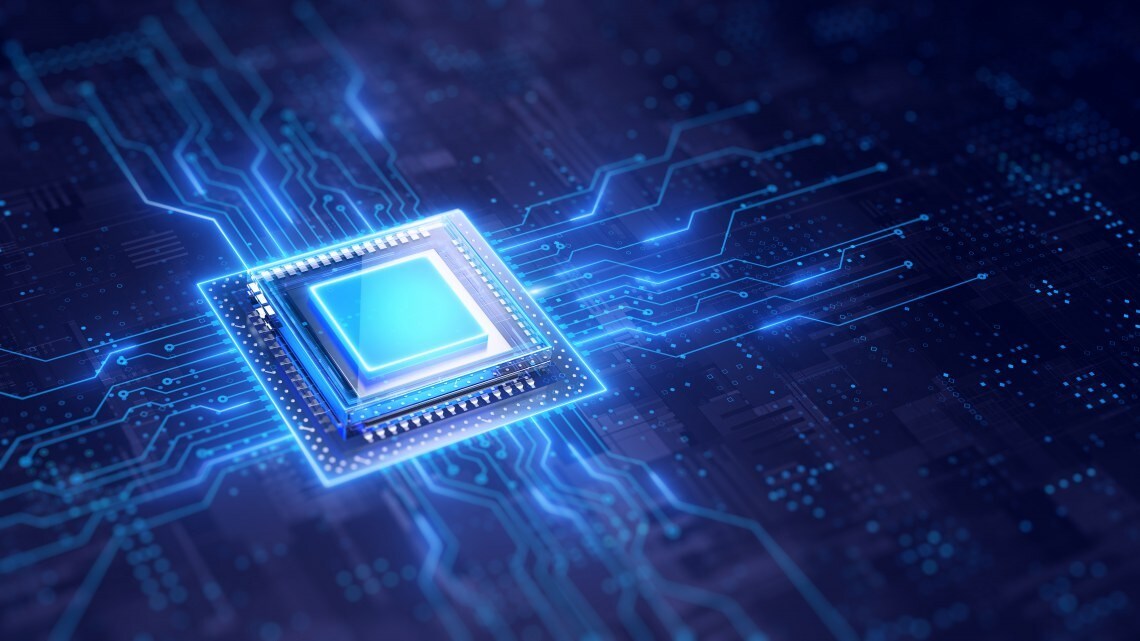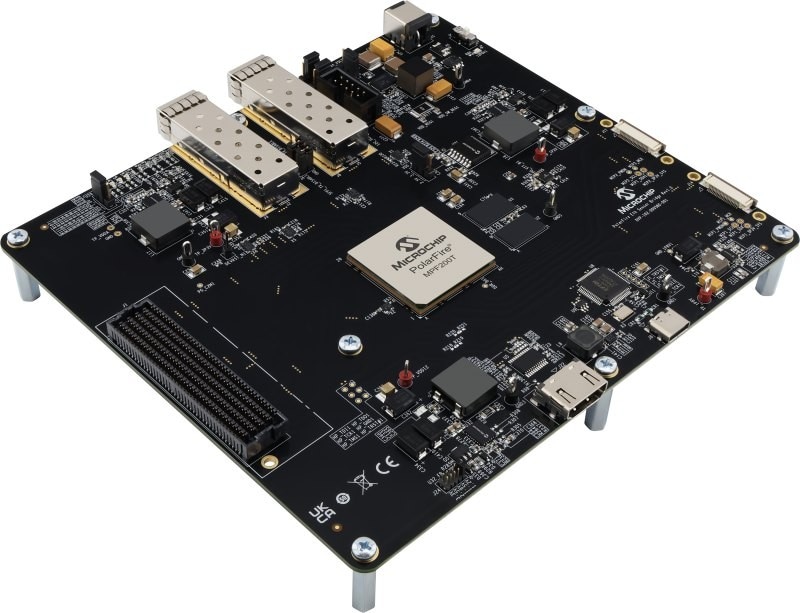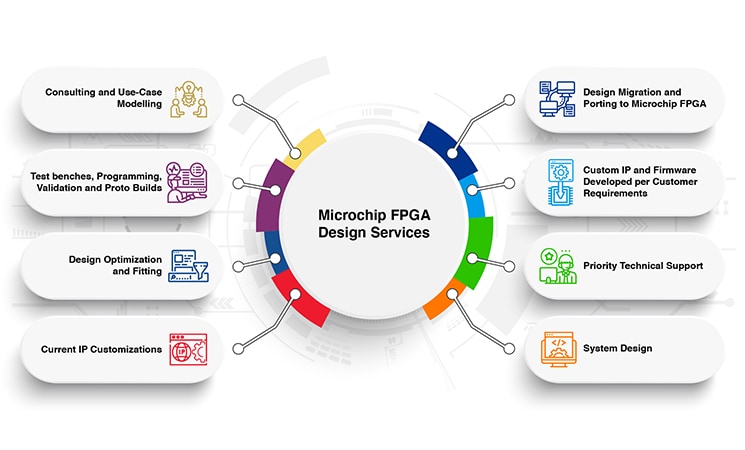FPGA
Field Programmable Gate Arrays (FPGAs) are integrated circuits designed to be configured by the customer or designer after manufacturing. They offer the flexibility of reprogramming, which allows for updates and changes even after deployment.

Key Features
Programmability
FPGAs can be programmed and reprogrammed to perform a wide variety of functions, making them highly versatile. Unlike fixed-function ASICs, FPGAs offer the ability to iterate designs quickly and adapt to new requirements without changing the hardware.
Parallel Processing
They can handle multiple tasks simultaneously, which is ideal for applications requiring high-speed data processing. This capability makes FPGAs suitable for real-time systems and high-performance computing applications.
Customizability
Users can customize the FPGA for specific tasks, improving efficiency and performance. Designers can optimize the architecture for specific use cases, whether it’s signal processing, Machine Learning (ML) or communication protocols.
Reconfigurability
FPGAs can be reconfigured to adapt to new requirements without changing the hardware. This feature allows for in-field updates, which extends the lifecycle of the hardware by enabling new functionalities over time.
FPGA Architecture
FPGAs consist of an array of programmable logic elements (blocks), memory elements and configurable interconnects. Key components include:
- Logic elements: These basic building blocks implement logic functions. They typically include Look-Up Tables (LUTs), flip-flops and multiplexers.
- Interconnects: Programmable interconnects allow the logic blocks to be connected in various configurations to implement complex designs.
- I/O blocks: These blocks manage the input and output signals to and from the FPGA, supporting various standards and protocols.
- Dedicated resources: Many FPGAs include specialized resources like math blocks or DSP slices for arithmetic operations, memory blocks for data storage and high-speed SerDes transceivers for communication.
Applications
- Artificial Intelligence (AI): FPGAs can be used for rapid AI model inference, enabling efficient processing of complex neural networks with low latency.
- Intelligent edge computing: FPGAs enable real-time processing close to the data source, reducing the need for data to be sent to centralized data centers.
- System security: FPGAs provide secure and customizable solutions for data protection, including encryption and secure boot functionalities.
- Automotive: FPGAs are used in Advanced Driver-Assistance Systems (ADAS) and autonomous vehicles for processing sensor data and making real-time decisions.
- Industrial automation: FPGAs are employed in factory automation, robotics and control systems for precise and reliable operation.

Programming FPGAs
How to Select an FPGA
1. Performance Requirements
Determine the processing power needed for your application. Consider factors like clock speed, logic cell count and the availability of DSP blocks for computational tasks.
2. Power Consumption
Evaluate the power requirements of the FPGA, especially if your application is power sensitive. Look for FPGAs that offer low-power modes and efficient power management features.
3. I/O Capabilities
Assess the number and types of input/output pins needed. Ensure the FPGA supports the necessary I/O standards, such as LVDS, PCIe® and Ethernet.
4. Memory Resources
Check the amount of embedded memory and support for external memory interfaces. Applications requiring large data storage or high-speed memory access will need sufficient memory resources.
5. Specialized Features
Identify any specific features required, such as high-speed transceivers, built-in security features or hard IP cores for specific protocols.
6. Development Tools and Ecosystem
Consider the availability and quality of development tools including synthesis, simulation and debugging tools. A robust software ecosystem can significantly streamline the design process.
7. Cost
Balance your performance and feature requirements with the cost of the FPGA. Ensure that the chosen FPGA provides the best value for your budget.
8. Vendor Support and Documentation
Evaluate the level of support provided by the FPGA vendor, including technical support, documentation and community resources.
Related Solutions and Resources

FPGAs

Low-Power FPGAs

FPGA Development Boards and Kits
